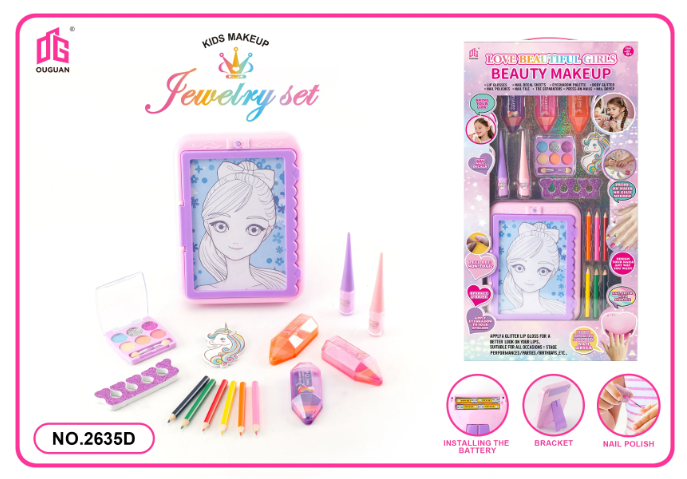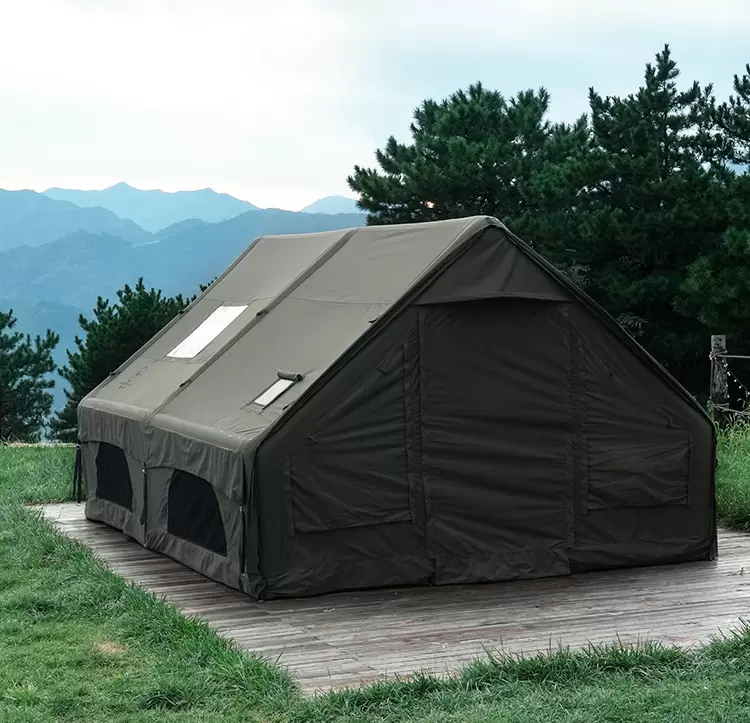When it comes to tackling DIY projects, renovations, or professional construction tasks, the right power tools can make all the difference. However, with a plethora of options available on the market, selecting the ideal power tools can be a daunting task. This comprehensive guide will walk you through the essential factors to consider when choosing power tools, ensuring that you make informed decisions that enhance your efficiency and effectiveness.
Understanding Your Needs
Before diving into the specifics of power tools, it’s crucial to assess your needs. Consider the following questions:
- What type of projects will you be undertaking?
Are you focusing on woodworking, metalworking, or general home improvement? Different projects require different tools. - How often will you use the tools?
For occasional use, you might opt for budget-friendly options, while professionals may need high-end, durable tools. - What is your skill level?
Beginners may require user-friendly tools, while experienced users might prioritize advanced features.
Types of Power Tools
Power tools can be broadly categorized into two types: corded and cordless. Understanding the advantages and disadvantages of each will help you make an informed choice.
Corded Power Tools
Advantages:
- Consistent Power Supply: Corded tools provide uninterrupted power, making them ideal for heavy-duty tasks.
- Higher Performance: Generally, corded tools offer more power and torque compared to their cordless counterparts.
Disadvantages:
- Limited Mobility: The need for a power outlet can restrict movement, making them less convenient for outdoor projects.
- Cord Management: Cords can become tangled or damaged, posing safety risks.
Cordless Power Tools
Advantages:
- Portability: Cordless tools are lightweight and easy to transport, perfect for remote job sites.
- Ease of Use: They eliminate the hassle of cords, allowing for greater flexibility during projects.
Disadvantages:
- Battery Life: Limited battery life can interrupt work, necessitating spare batteries for extended use.
- Power Limitations: While advancements have been made, some cordless tools may not match the power of corded versions.
Key Features to Consider
When selecting power tools, pay attention to the following features:
- Motor Power: Look for tools with a powerful motor (measured in amps for corded tools and volts for cordless). Higher ratings typically indicate better performance.
- Ergonomics: Comfort is crucial, especially for prolonged use. Choose tools with ergonomic designs, rubber grips, and balanced weight distribution.
- Speed Settings: Variable speed settings allow for greater control, making it easier to adapt to different materials and tasks.
- Safety Features: Look for tools with safety features such as electric brakes, safety guards, and automatic shut-off mechanisms to minimize the risk of accidents.
- Brand Reputation: Invest in reputable brands known for quality and reliability. Research customer reviews and expert recommendations to gauge performance and durability.
Budget Considerations
While it may be tempting to opt for the cheapest option, consider the long-term value of your investment. High-quality tools may have a higher upfront cost but can save you money over time through durability and efficiency. Create a budget that balances quality with affordability, and consider purchasing tools gradually rather than all at once.
Maintenance and Care
Choosing the right power tools is only the first step; proper maintenance is essential for longevity and performance. Here are some tips:
- Regular Cleaning: Keep tools free from dust and debris to prevent wear and tear.
- Lubrication: Regularly lubricate moving parts to ensure smooth operation.
- Battery Care: For cordless tools, follow manufacturer guidelines for charging and storage to extend battery life.
Conclusion
Choosing the right power tools is a critical step in ensuring the success of your projects, whether you're a DIY enthusiast or a professional tradesperson. By understanding your needs, evaluating the types of tools available, considering key features, and maintaining your equipment, you can empower your work with precision and confidence. Remember, the right tools not only enhance your efficiency but also elevate the quality of your craftsmanship. Happy building!



